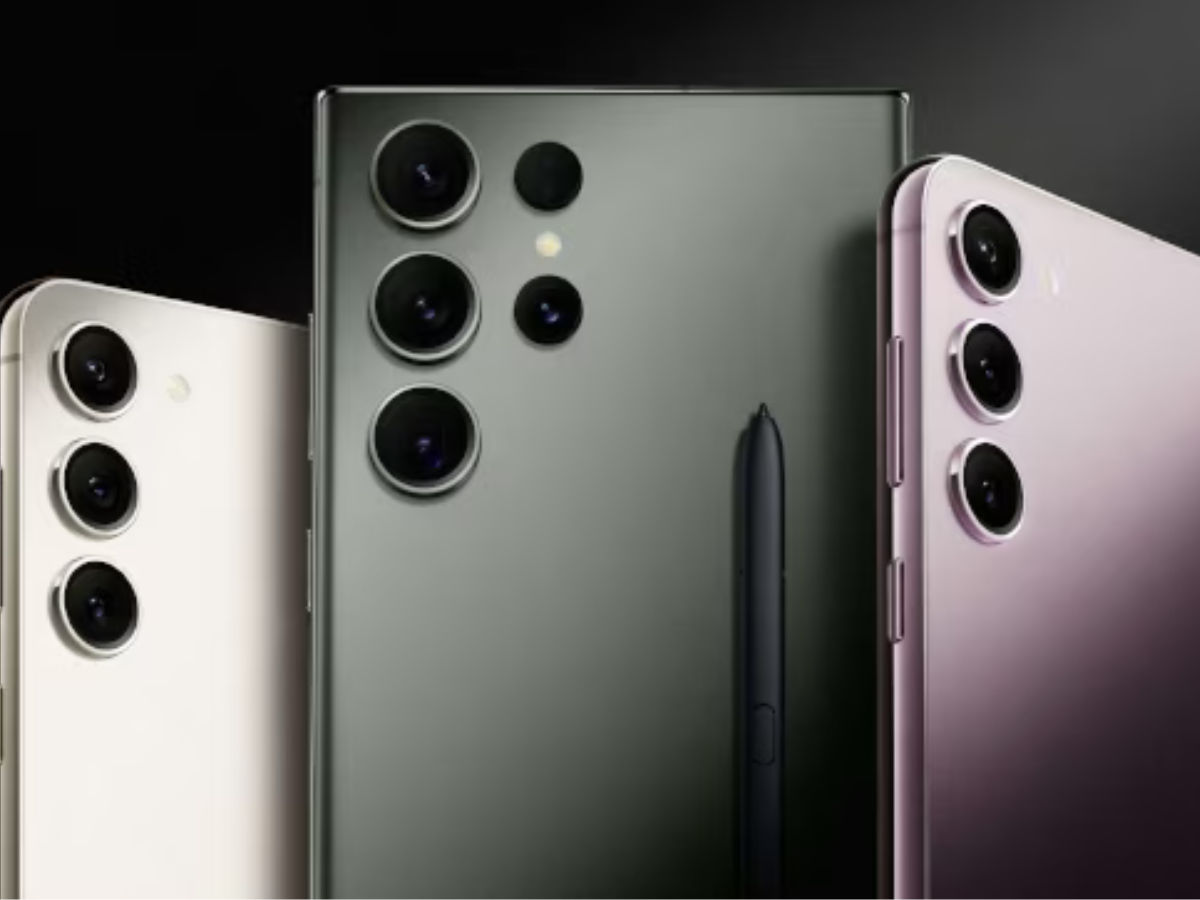In recent years, the demand for long-lasting smartphones has significantly risen, reshaping the mobile industry’s focus toward durability, battery life, and extended software support. This shift is not just a trend but a response to consumer demands for more sustainable and cost-effective mobile solutions.
Key Highlights
- The average lifespan of smartphones has shown fluctuations, with a peak in 2019 for consumer segments.
- Brands like Apple and Samsung lead in longevity, with iPhones lasting up to 10 years and Samsung phones up to 6 years.
- Factors affecting smartphone lifespan include damage, battery health, and the number of charge cycles.
- Emerging mar
Understanding Smartphone Lifespan Trends
Recent data indicates a nuanced trend in the lifespan of smartphones. For instance, the average lifespan of mobile devices in the US showed a peak around 2019 for consumers, with a slight decrease projected into 2025. This suggests a high value placed on device longevity but also reflects the fast pace of technological advancements and consumer willingness to upgrade for newer features.
Brands Leading the Charge
When it comes to longevity, not all smartphones are created equal. iPhones, for instance, are noted for their extended lifespan, lasting anywhere from 4 to 10 years, significantly outpacing the industry average of 2 to 4 years. Samsung follows closely, with their devices lasting between 3 to 6 years. This durability is a testament to the quality of construction and the emphasis on providing ongoing software updates that extend the usable life of these devices.
Factors Influencing Smartphone Durability
Several factors play a crucial role in determining the lifespan of a smartphone. Beyond the inevitable wear and tear from daily use, battery health emerges as a critical component. Most phone batteries have a lifecycle of 500 to 800 charge cycles before their capacity significantly diminishes. Additionally, software updates, or the lack thereof, can either extend or shorten a device’s relevance in the ever-evolving tech landscape.
Global Trends in Smartphone Replacement
The smartphone replacement cycle varies significantly across different regions, influenced by economic factors, market maturity, and consumer preferences. For example, in Western Europe, the average replacement cycle is expected to decrease from 40 months in 2020 to 33 months by 2025. Contrastingly, in Japan, users tend to hold onto their devices for longer, thanks in part to the availability of premium devices that cater to a more mature consumer base seeking reliability over novelty.
Meeting Consumer Demands
The rise of long-lasting smartphones is a direct response to consumer demands for more sustainable, durable, and economically viable mobile devices. Manufacturers are increasingly focusing on creating phones that not only boast advanced features but also offer the longevity that consumers are seeking. This includes not only the hardware aspects like battery life and resistance to wear and tear but also software support, ensuring devices remain secure and functional for as long as possible.
As the industry continues to evolve, the emphasis on sustainability and longevity is expected to grow, driven by consumer awareness and the desire for devices that offer value over the long term. This shift towards long-lasting smartphones reflects a broader trend in consumer electronics, where sustainability, durability, and value are becoming key purchase drivers.
In conclusion, the push for long-lasting smartphones is a significant development in the mobile industry, driven by consumer demands for devices that offer both advanced features and extended lifespans. This trend not only benefits consumers by providing more value for their investment but also contributes to environmental sustainability by reducing electronic waste. As technology continues to advance, the balance between innovation and longevity will remain a key focus for manufacturers and consumers alike.


















